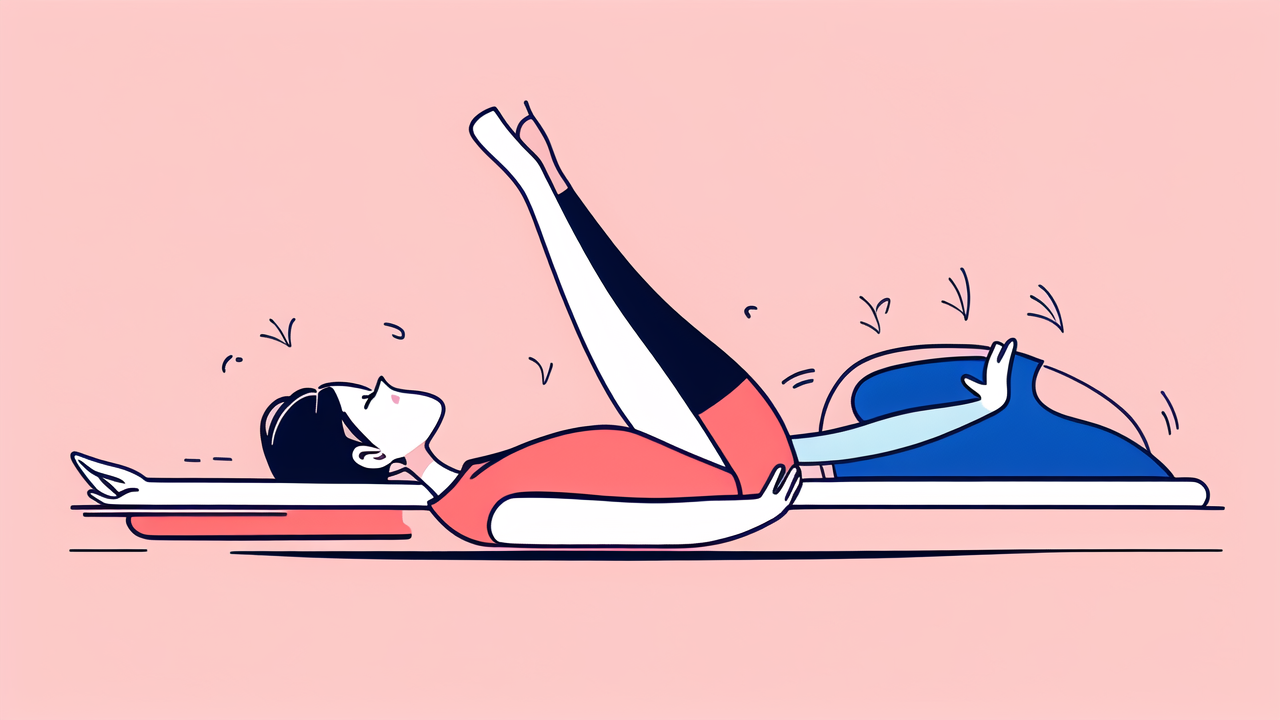
Understanding the Importance of Breathing in Yoga
The Role of Breathing in Yoga: An Overview
Breathing is vital in yoga, often called 'pranayama'. It unites the body and mind. Breathing controls energy flow and calms the mind. During yoga, it boosts stamina and focus. Each asana has a breathing pattern. Deep, rhythmic breaths aid in movement. Through breath, we connect with our inner selves. It's also key for stress relief and better posture. So, breath management is a core yoga skill.

How Proper Breathing Techniques Enhance Your Yoga Practice
Proper breathing is vital in yoga. It boosts focus and control. It can deepen poses too. By syncing breath with movements, you gain more. This helps in easing the mind and reducing stress. Your practice becomes a moving meditation. It also improves oxygen flow to muscles. This can aid in quicker recovery post-workout. Start with simple breath control. Then, try it with basic yoga poses. Gradually, you'll feel the change. Your yoga sessions will feel more complete.
Integrating Your Breath with Yoga Asanas
Fundamental Principles for Aligning Your Breath and Body
Breathing is the essence of yoga, acting as a bridge between the mind and body. Here are the fundamental principles for aligning your breath and body in your yoga practice:
- Begin by finding a calm and steady breathing rhythm before transitioning into asanas.
- Inhale deeply to prepare your body for movement and increase oxygen flow.
- Exhale fully during transitions and to deepen into poses, helping to release tension.
- Match the length of your breaths with the length of your movements for harmony.
- Practice nostril breathing to balance the body's energies and promote focus.
- Use the breath to maintain mindfulness and presence in each posture.
- Observe the natural pauses between inhalation and exhalation, staying relaxed.
By adhering to these principles, you can create a more integrated and effective yoga practice.
Step-by-Step Guide to Coordinating Your Breath with Movement
In yoga, syncing your breath with movement can elevate your practice. Here's a guide:
- Begin with Awareness: Start by observing your natural breath rhythm. Then, move intentionally with each inhale and exhale.
- Inhale to Extend: Generally, use your inhalation to reach upwards or stretch. Feel your body expand.
- Exhale to Release: Exhale as you fold or twist, aiding in deeper release and relaxation.
- Slow and Steady: Match the length of your breath to your movement for a steady flow.
- Pause and Reflect: After each pose, take a moment. Notice how your breathing affects your body.
By following these steps, your yoga session becomes a dance of breath and movement.
Advanced Techniques for Mastering the Art of Yoga Breathing
Building Awareness through Pranayama: Tips and Tricks
Expanding your yoga practice includes refining your pranayama or breath control. Here are some easy tips:
- Start with Basics: Begin with simple techniques like diaphragmatic breathing. This lays a foundation for harder methods.
- Consistent Practice: Reserve a specific time daily for pranayama. Regularity boosts your breath awareness.
- Use Visual Cues: Picture your breath moving through your body. This helps in focusing your mind.
- Gradual Progression: Do not rush. Slowly include more complex pranayama like Kapalabhati.
- Guidance is Key: Take help from experienced teachers to avoid errors and to progress safely.
- Listen to Your Body: Stop if you feel dizzy or uncomfortable. Pranayama should be calming, not stressful.
- Combine with Meditation: Follow your pranayama with meditation. This enhances the benefits.
Through these simple steps, you'll improve your breath control and deepen your yoga practice.
Incorporating Uddiyana Bandha and Mula Bandha in Your Routine
Uddiyana Bandha, often called the 'upward abdominal lock,' is key in yoga breathing. To practice it, stand with feet apart, breathe deeply, then exhale fully. Bend at the hips, with hands on knees, and perform a mock inhalation. Draw your abdominal muscles in and up, holding this 'lock' at the end of an exhalation. Mula Bandha, the 'root lock,' involves tightening the pelvic floor muscles. It's like stopping the flow of urine midstream. Engage Mula Bandha while sitting or during asanas to strengthen your core and enhance energy flow. Begin slowly and increase hold times as you gain strength and control.
